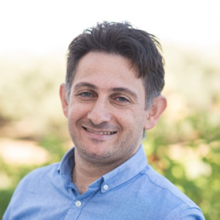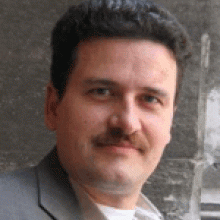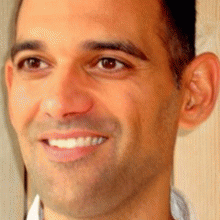Project Host Group: BEC and Mattewaves Group
The breakthrough of CEMIC is that we have found a novel cavity configuration using specially shaped mirrors, which — by allowing the light to pass many times through the sample – en- hances any tiny changes in refractive index or absorption and scattering. The special shape of the mirrors preserves the image inside the cavity during an unlimited number of round tripsand allows this image to be transferred to a camera without requiring any additional compu- tation. This will result in a very high-resolution optical microscope, which is capable of measur- ing directly and simultaneously extremely small absorptions and phase shifts due to miniscule differences in refractive index. This will enable to us for example to directly image the orga- nelles of cells using their refractive index and/or very small absorptions.
This will hopefully represent a step-change in optical microscopy since there is currently no method available that provides high spatial resolution and simultaneously extremely high sensitivity in phase and absorption.

Figure: Intracavity phase-contrast images of
a) a 100 nm thick step, note that the step is visible both in absorption
and as a displacement of the fringes (indicated by dotted white line)
between the top and bottom of the image;
b) an irregular transparent bio film with a maximum thickness of 1.4 μm.
The width of both images is about 1 mm.







